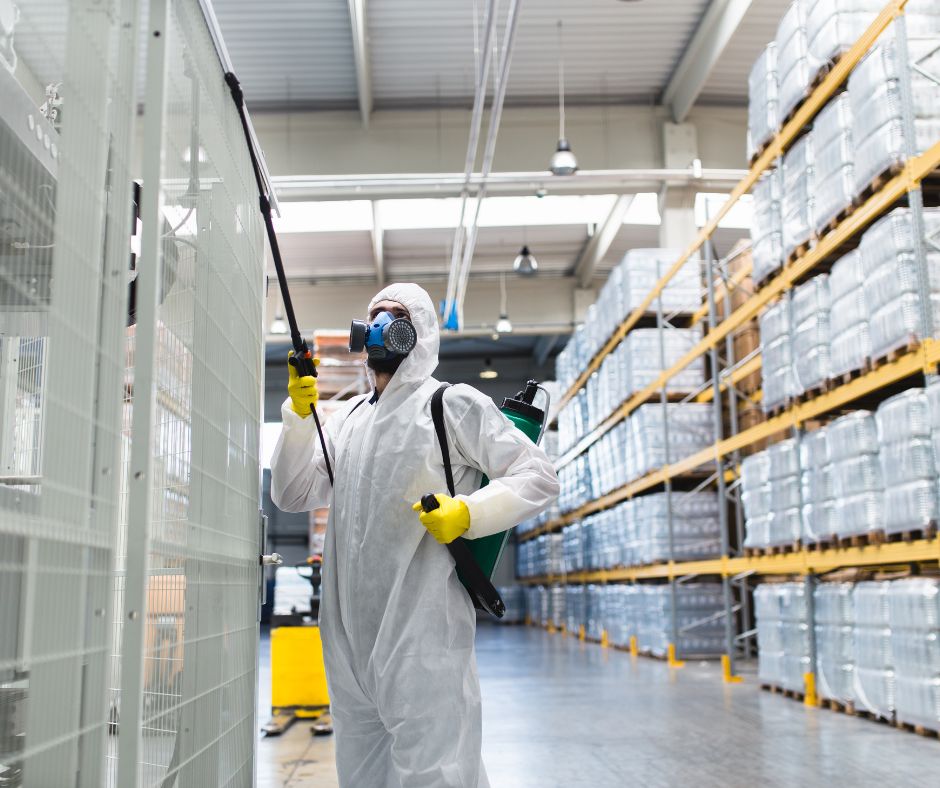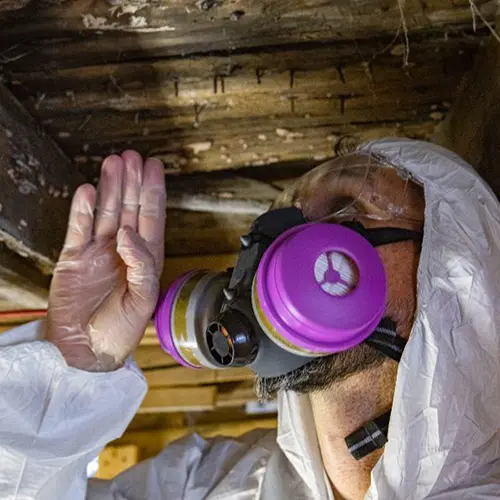Experienced Bed Bug Exterminator Port Charlotte for a Good Night’s Sleep
Find Out About the current Breakthroughs in Pest Control and How to Carry Out Reliable Therapy Solutions
In the last few years, the field of insect control has experienced substantial innovations, driven by the demand for effective and sustainable treatment solutions. Ingenious techniques such as Integrated Bug Administration (IPM) integrate eco-friendly experiment advanced modern technology, boosting both efficiency and ecological responsibility. Additionally, the combination of smart technologies and DIY techniques has actually equipped individuals to deal with bug concerns extra properly. As we discover these developments, it becomes vital to understand just how ideal to execute these methods in different settings to attain ideal results. The effects for pest management practices can be transformative.
Eco-Friendly Bug Control Options
In recent times, the demand for environmentally friendly bug control alternatives has surged as home owners and organizations alike look for lasting choices to typical chemical treatments. This shift is driven by growing environmental awareness and a wish to reduce the wellness dangers connected with artificial chemicals.

Eco-friendly parasite control techniques include a series of approaches that focus on making use of all-natural materials and methods. Integrated Insect Management (IPM) is one such strategy, integrating organic, social, and mechanical strategies to take care of bug populations while reducing dependence on chemicals (Wildlife removal services). This holistic approach highlights prevention through habitat adjustment and the introduction of all-natural predators, therefore promoting a well balanced environment
Another prominent option is the usage of agricultural pesticides originated from plants, which have a tendency to be much less dangerous to non-target microorganisms. Products like neem oil and diatomaceous planet have obtained traction for their efficiency in regulating insects while positioning marginal risks to human wellness and the environment.
In addition, exemption methods, such as securing access points and preserving tidiness, play a vital function in environmentally friendly bug management. By adopting these sustainable methods, services and individuals can efficiently manage insects while promoting a healthier world for future generations.
Smart Modern Technology in Pest Administration
Advancement is improving the landscape of parasite management, with smart innovation becoming a pivotal pressure in boosting performance and effectiveness - Wildlife removal services. The integration of Internet of Points (IoT) devices, expert system (AI), and data analytics is revolutionizing exactly how insect control experts approach infestations
Smart traps geared up with sensors can spot insect activity in real-time, sending immediate alerts to drivers. This permits timely reactions, lessening damage and decreasing the demand for comprehensive treatments. Additionally, AI formulas assess historical information to anticipate bug habits, enabling proactive treatments based on ecological problems and invasion patterns.
Drones and automated vehicles are likewise playing a significant duty in parasite administration, offering aerial evaluations of huge locations, determining hotspots, and even dispersing targeted treatments. These modern technologies not just enhance procedures yet likewise boost safety by restricting human exposure to potentially unsafe chemicals.
In addition, mobile applications empower customers to check pest task and gain access to expert suggestions, promoting a joint technique to pest monitoring. Overall, the fostering of smart modern technology is setting a brand-new criterion in pest control, stressing data-driven decisions and sustainable techniques that eventually profit both specialists and property owners alike.
Integrated Parasite Management Approaches
Integrated Bug Management (IPM) uses a holistic method to pest control, integrating various techniques to properly manage insect populaces while minimizing threats to human health and the atmosphere. IPM rotates around understanding the pest life cycle, their all-natural opponents, and the ecosystem in which they prosper.
Among the fundamental elements of IPM is monitoring pest populations with normal inspections and data collection. This enables for the identification of bug limits, determining when intervention is necessary. Cultural techniques, such as plant hygiene, turning, and environment control, are crucial in minimizing bug frequency and advertising plant wellness.
Mechanical controls, consisting of catches and barriers, are also vital in IPM. These methods can literally eliminate or hinder parasites without the usage of chemicals. When essential, the sensible application of chemical controls is utilized, focusing on targeted treatments that reduce environmental influence.
Education and learning and partnership among stakeholders, consisting of farmers, pest control experts, and the area, are crucial for the effective implementation of IPM techniques. By prioritizing lasting methods, IPM not only addresses pest issues yet additionally promotes a healthier ecosystem.
Biological Control Approaches
Numerous biological control approaches are progressively recognized for their performance in handling parasite populaces while promoting ecological equilibrium. These strategies harness all-natural predators, bloodsuckers, and virus to decrease pest numbers without relying on artificial chemicals. For instance, the introduction of ladybugs can successfully regulate aphid populations, while nematodes target soil-dwelling pest larvae.
Additionally, making use of like it microbial pesticides, such as Bacillus thuringiensis (Bt), supplies an eco-friendly option for managing caterpillar bugs. These items particularly target pest varieties, lessening harm to beneficial bugs and pollinators. Conservation organic control stresses enhancing environments for natural opponents, such as birds and valuable insects, thus motivating their presence in agricultural systems.
Study remains to expose innovative strategies within this field, such as the use of scents to interfere with pest breeding patterns or the growth of biocontrol representatives through genetic modification. Carrying out these approaches can lead to sustainable insect administration techniques that alleviate the dependence on chemical treatments, ultimately fostering healthier communities. As understanding of these methods expands, they are ending up being indispensable parts of incorporated parasite monitoring (IPM) strategies, using an equilibrium in between efficient insect control and environmental stewardship.
DIY Bug Control Solutions
As property owners seek effective ways to take more info here on parasite problems, DIY parasite control remedies have actually gotten appeal for their availability and cost-effectiveness. These methods empower people to resolve invasions utilizing readily offered materials and techniques, typically without the need for professional treatment.

Furthermore, maintaining correct hygiene and normal assessments can stop bug entrance and nesting (Wildlife removal services). Simple techniques, such as securing splits, getting rid of food resources, and decluttering, can dramatically diminish pest populaces. Traps, both homemade and commercially readily available, can likewise use reliable services for tracking and controlling specific bugs like pests or rats

Final Thought
The integration of environmentally friendly parasite control options, wise innovation, and innovative monitoring strategies provides a comprehensive technique to reliable insect management. By embracing Integrated Insect Monitoring (IPM) and utilizing biological control techniques, along with Do it yourself solutions, responsible and sustainable bug control can be attained.
Eco-friendly insect control approaches incorporate a range of methods that prioritize the use of all-natural substances and methods. Integrated Parasite Management (IPM) is one such method, integrating organic, social, and mechanical methods to take care of pest populations while minimizing dependence on chemicals. As recognition of these strategies expands, they are coming to be integral parts of incorporated parasite monitoring (IPM) strategies, offering a balance in between reliable parasite control and ecological stewardship.
The assimilation of green pest control alternatives, wise modern technology, and innovative monitoring approaches offers a comprehensive strategy to reliable pest administration. By accepting Integrated Bug Administration (IPM) and utilizing biological control approaches, along with DIY options, lasting and liable pest drywood termite treatment control can be attained.